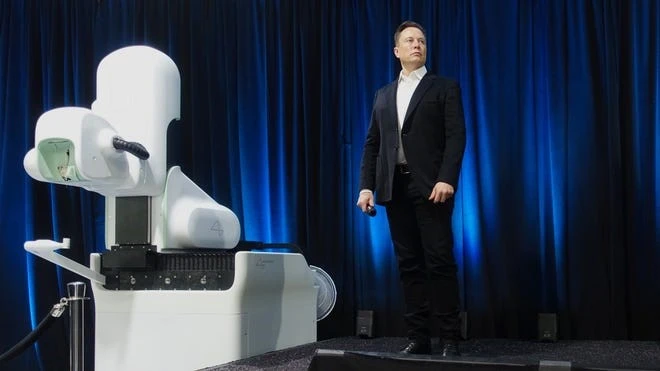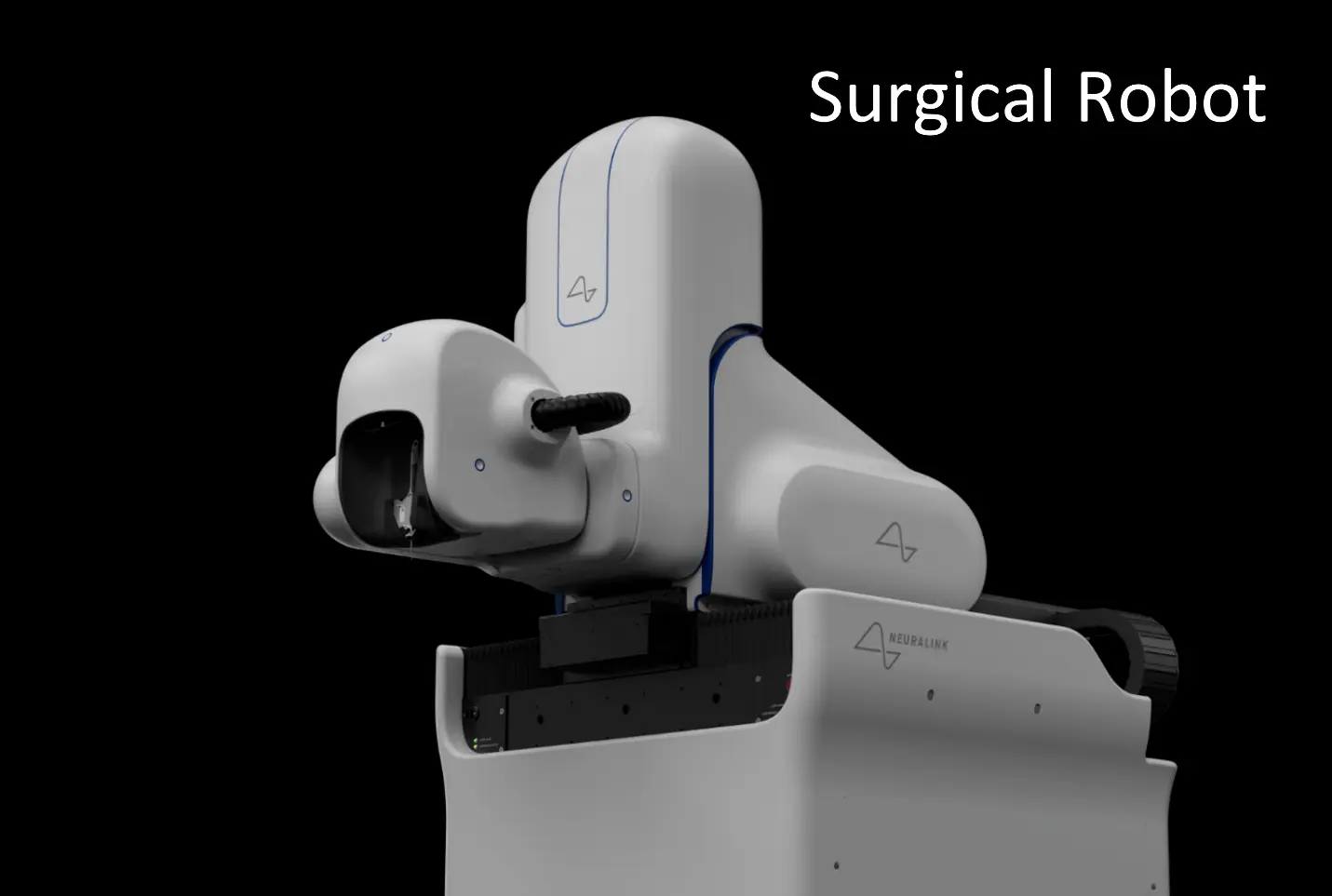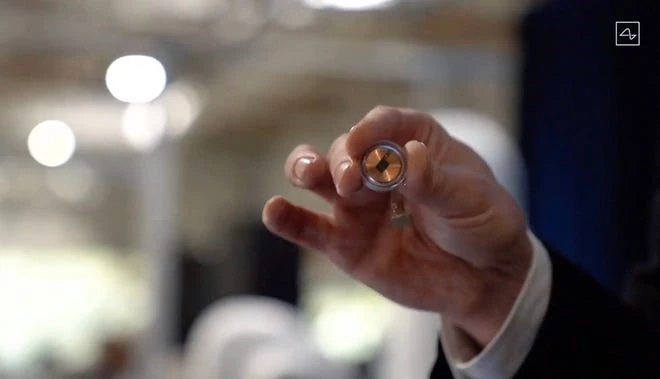Neuralink, a pioneering tech startup co-founded by Elon Musk in 2016, is on a research to revolutionize how humans interact with technology through its brain-computer interface (BCI) technology. Recently gaining FDA approval to begin human trials for brain chip implants, Neuralink’s valuation has increased to $5 billion in just two years. Let’s go through into the workings of Neuralink and its applications, as well as the challenges it faces.

What is Neuralink?
Neuralink’s brain-computer interface allows patient to control computers and mobile devices wirelessly, using their thoughts alone. Its primary focus is to assist individuals with paralysis and neurological disorders, empowering them to regain control of their lives.
The implant or brain-chip have 64 ultra-thin flexible connected threads upon which are 1,024 electrodes that record neural activity. It is 0.9 inches wide by 0.3 inches tall.

Applications of Neuralink
- Assisting People with Quadriplegia: Neuralink aims to enable individuals with quadriplegia to control devices like computers, phones, and even robotic limbs simply by thinking.
- Restoring Capabilities: The company envisions restoring vital functions like vision, motor skills, and speech, eventually improving the overall human experience.
- Treating Neurological Disorders: In the short term, Neuralink’s technology can aid in treating neurological conditions such as Parkinson’s and Alzheimer’s by enhancing neural interface capabilities.

How Does Neuralink Work?
Neuralink’s implants interpret electrical signals produced by neurons in the brain and transmit this decoded information wirelessly to a computer via Bluetooth. When applied to restoring movement, the computer analyzes the data and sends signals back to the body, stimulating nerves and muscles for controlling movement.

Implanting the Neuralink Chip
The surgical robot, specifically designed by Neuralink, performs a minimally invasive procedure to embed the implant and its ultra-thin threads with electrodes into the brain’s cortex. The entire process takes only 30 minutes and does not require general anesthesia.

Challenges of Neuralink
- Safety Concerns: The long-term effects of BCIs on humans remain largely unexplored, raising concerns about potential risks and side effects.
- Regulatory and Ethical Issues: Neuralink faces investigations into its research protocols and potential mishandling of implants removed from animals, including monkeys.
- Privacy Concerns: There are ethical questions surrounding user data privacy when utilizing a brain device like Neuralink’s brain-computer interface.
Neuralink’s Timeline and Competition
Neuralink has conducted successful demonstrations, showcasing brain activity in pigs and monkeys using their implanted chips. While human trials have been approved, commercializing the technology may still take around 10 more years. The field of brain-computer interfaces has other players too, including Synchron, Blackrock Neurotech, and Paradromics, all working towards various applications in this cutting-edge space.

Conclusion
Neuralink’s vision of a brain-computer interface that allows humans to control technology with their thoughts holds immense promise for those with paralysis and neurological disorders. However, several challenges, including safety, privacy, and ethical concerns, need to be addressed. As the race for brain technology unfolds, Neuralink and other companies strive to unlock the full potential of this groundbreaking field, revolutionizing how we interact with the world around us.
FAQ
Can Neuralink save memory?
“In the future, you’ll be able to save and replay memories,” Musk said in a Neuralink presentation.
Is Neuralink tested on humans?
Elon Musk’s brain-implant company Neuralink last week received regulatory approval to conduct the first clinical trial of its experimental device in humans.
Does Neuralink test with Animals?
According to Neuralink’s website, the company works with monkeys and pigs.
What is the battery life of the Neuralink?
It provide battery life of 12 hours per charge, after which the user would need to wirelessly charge again.
Is Neuralink a robot?
No, its a brain implant or brain chip. however surgical robot is needed to swiftly and precisely insert electrode-packed threads into a dummy brain.
What are brain chips made of?
Brain implants or brain chips are made from tungsten, silicon, platinum-iridium, or even stainless steel. scientist are exploring more exotic materials such as nanoscale carbon fibers (nanotubes) and polycarbonate urethane for future brain chip technology.